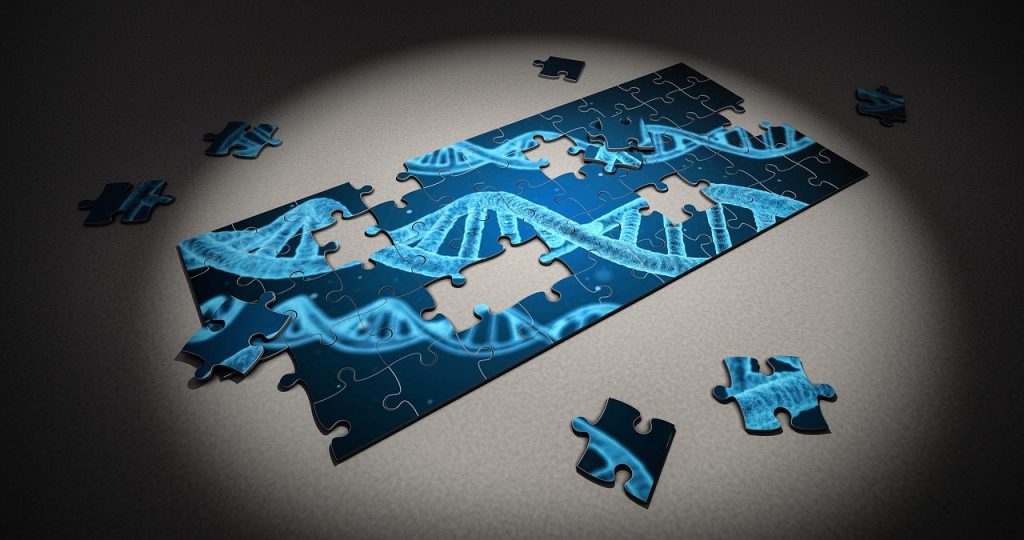We all know that kid we went to school with. You know, the one who just seemed to ace every test. Or, the one who was an amazing athlete, or an excellent musician. Many times I thought to myself, “It must be genetic. I just don’t have the genes they have.” This was my way of reconciling our differences, and this way of thinking, which I am sure we have all shared at some point or another, is an example of a belief in the power of nature (genetics) in a person’s life outcome, as opposed to nurture (their environment). However, recent studies by the Burrow’s group at the University of Utah have helped shed a little bit of light on how exactly genetics and the environment work together to change our bodies.
Within the genome (or genetic code) of a species, subunits of DNA called nucleic acids help direct our cells and our body on how it should express itself and how it should function. This genetic code stores all of the information about our cells and our body. This ranges from eye color to height to possible diseases such as cancer and diabetes. Everything we are can be found within this special molecule. This is the genetic part of our nature that makes decisions for us before we are able to control and make choices about the environment in and around our bodies.
It’s no secret that humans (as well as many forms of life) require oxygen to live. We breath it in, take it into our body, and our body uses it to produce energy in our mitochondria through what is known as the electron transport chain (how this works is of no concern to this article, but just know it exists!) However, oxygen can also be toxic to us. Oxygen is a very reactive molecule, and undergoes spontaneous reactions in our body to form Reactive Oxygen Species (ROS) which must be dealt with swiftly. Our body forms ROS when under stress or when too much oxygen is present in our body, and we need to get rid of it or else they will begin to harm us: this is one way the outside world has an impact on our bodies. Taking this into account, the Burrows’ group began to piece together the details of how environmental science might be affecting our DNA’s genetic output.
The Burrows’ group wanted to investigate environmental effects on our DNA, so they began by exposing nucleic acids (the subunits of our DNA) to conditions which mimic stress caused by oxygen (also called oxidative stress). It was found that one part of our DNA, the molecule guanine, reacts with reactive oxygen species (ROS) to form what is called “oxo-G” which is just guanine with an extra oxygen.
Within our genetic code there are places where guanine is repeated 4 times, and when this happens often enough (another 3 – 5 times to be precise) our DNA forms what is called a “G-quadruplex”. What is special about a G-quadruplex is that it actually causes a physical change in our DNA, making it bunch up, and thus making any genes after that part of our genetic code inactive. You can think about it like this: If our nucleic acids like legos, all connected and stacked up on top of each other, when there is a G-quadruplex present, the “G” legos attach to the other “G” legos, not in a line, but from the front or back, making a bulge of lego’s where the G-quadruplex is located.
This means that, when a guanine undergoes a chemical reaction with an oxygen (as the Burrows’ group has shown it does), the g-quadruplex disintegrates since the “G”s are being converted to “oxo-G”, which does not form these quadruplexes. So, in the presence of stress by oxygen, our DNA actually “unbulges” itself, and thus activates the part of our genetic code that was previously inactive. This self-change in DNA is currently up for debate among scientists, with some of them arguing the change should be deemed an “epigenetic” change, meaning an environmental impact on our genes that change our bodies’ way of expressing itself and functioning.
This fundamental realization is now leading to new studies in genetics, as well as therapeutics for genetically relevant diseases such as cancer, in order to help us further understand the relationship between our “nature” and our “nurture”.



